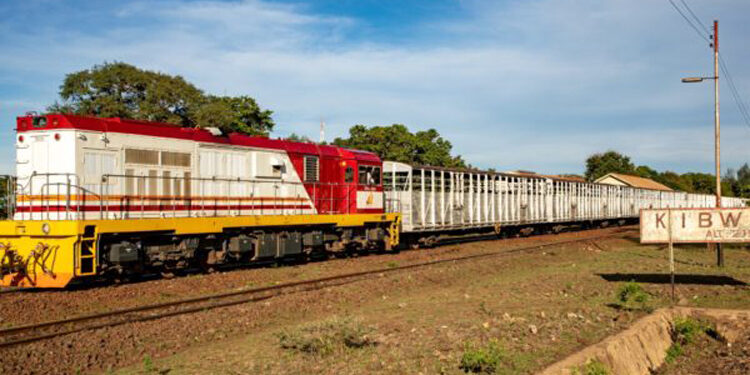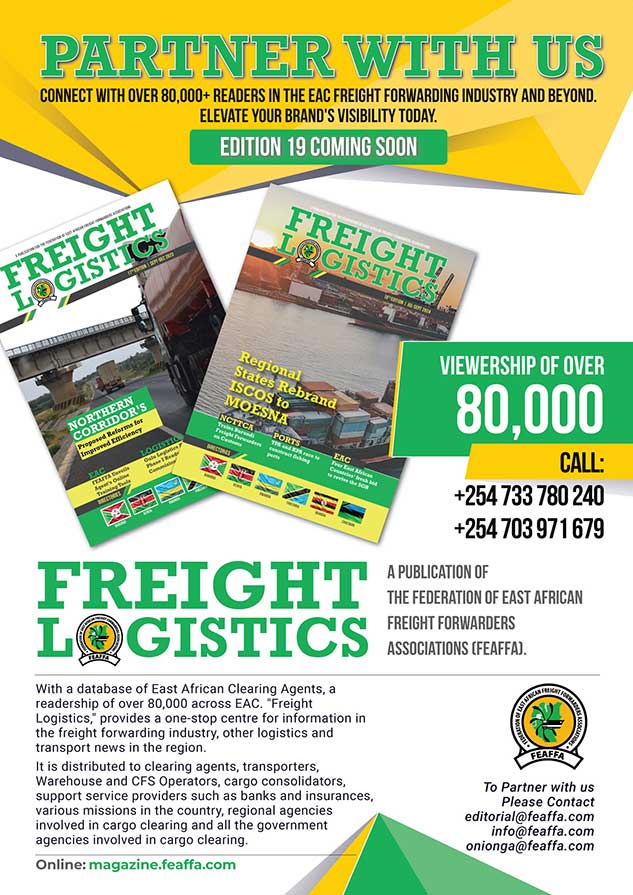Kenya Railways has credited recent growth in freight volumes on the old Meter Gauge Railway (MGR) network to ongoing government investments aimed at rehabilitating strategic railway links—including the long-dormant Voi–Taveta line, a critical corridor for cross-border trade with Tanzania.
Speaking during a public engagement in Kajiado County, Kenya Railways Managing Director Philip Mainga revealed that freight volumes on the MGR surpassed 1.029 million tonnes in the financial year ending in June, a notable increase from the previous year.
While the revitalized Nanyuki line has been instrumental in this growth, Mainga placed particular emphasis on the planned rehabilitation of the 130-kilometer Voi–Taveta MGR line, which ceased operations in the mid-2000s. Once restored, the line will re-establish a direct railway connection between Kenya and northern Tanzania, reaching as far as Moshi via the Taveta/Holili border.
“The revival of the Voi–Taveta railway line is progressing steadily. This corridor will open up Taita Taveta County to increased trade, tourism, and broader economic benefits, while integrating Kenya’s rail system with Tanzania’s,” Mainga stated.
The Voi–Taveta route is part of a broader plan to create a transshipment hub at Voi that links the Standard Gauge Railway (SGR) to the MGR network. Alongside this, Kenya Railways is setting up new cargo-handling yards at Taveta to facilitate seamless cargo movement across the border.
Mainga also confirmed that Kenya Railways has engaged in discussions with Taita Taveta County leadership to forge a local partnership aimed at accelerating the revival of the corridor. “We are aligned in our vision of using this rail link to spur regional trade and uplift communities through increased commercial activity,” he added.
The Voi–Taveta line is expected to complement other critical rail infrastructure projects, such as the anticipated extension of the SGR to the Kenya–Uganda border at Malaba, slated for commissioning later this year. These links are envisioned to enhance East Africa’s logistics ecosystem, making rail a more prominent driver of intra-regional commerce.
Currently, Kenya Railways is transporting key commodities like fertilizers, bulk grain, steel, vegetable oil, and containerized goods for industries and retailers. It has also added internally powered wagons to support the movement of perishable goods in refrigerated containers without the need for external power.
According to available data, the corporation contributes approximately 3 percent to Kenya’s GDP—a figure expected to rise as revamped rail links like the Voi–Taveta line begin to boost efficiency, trade volumes, and regional connectivity.
This article was published by Githua Kihara, an editorial consultant for FEAFFA’s Freight Logistics Magazine. For any inquiries, please contact us via email at editorial@feaffa.com or freightlogistics@feaffa.com, or reach out to Andrew Onionga directly at onionga@feaffa.com or oningaam@gmail.com / +254733780240.





